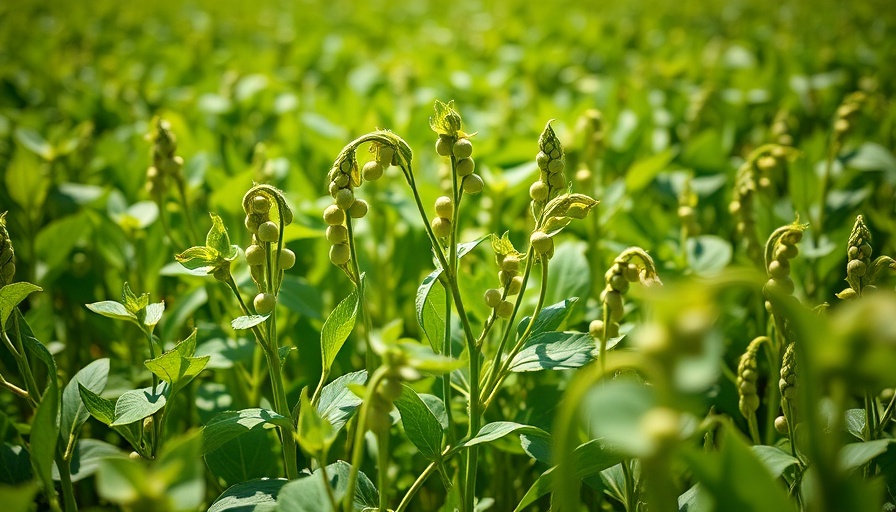
Chickpeas: The Ancient Nutritional Powerhouse
Chickpeas, also known as garbanzo beans, are not only a staple in countless cuisines around the world but also boast a history that stretches back over 7,000 years. Cultivated initially in the Fertile Crescent, these legumes have played a pivotal role in feeding populations from the Middle East to Southern Europe and beyond. Chickpeas are rich in protein, fiber, and essential nutrients, making them an excellent addition to a balanced diet.
Growing Conditions for Healthy Chickpeas
To grow robust chickpeas in your garden, understanding their specific requirements is essential. Chickpeas thrive in sandy loam soil with good drainage and a pH range of 5.0-7.0. They prefer full sun exposure and are best planted after the last frost. With a growing period of around 100 to 130 days, chickpeas yield well in warm weather. The plants usually grow between 8 inches to 40 inches tall, depending on the cultivar, and exhibit a bushy growth habit.
Planting Chickpeas: Tips and Techniques
Chickpeas can be directly seeded into the ground or started in trays before transplantation. When planting, space the seeds about 3-6 inches apart, digging 1-2 inches deep. It's crucial to prepare the soil with organic matter, such as compost or well-aged manure, to provide essential nutrients and improve the soil's fertility.
Managing Pests and Disease
One of the appealing aspects of growing chickpeas is their resilience against common pests. They can withstand smaller pests due to their hairy texture. However, keep an eye out for bean beetles, which might feed on leaves or pods. Hand-picking these pests or using organic insecticides are viable solutions to protect your plants without harming beneficial insects.
Harvesting and Storing Your Chickpeas
Chickpea plants produce pods filled with seeds that are harvested once they have dried on the plant. After cutting the plants at soil level and allowing them to dry, gently crush the pods to release the seeds, making use of a fan to separate the debris. The final step is storing your dried chickpeas in airtight containers, ensuring they remain fresh for future use.
Creative Culinary Uses for Chickpeas
Wondering what to do with your homegrown chickpeas? Their culinary versatility knows no bounds! Use them to whip up traditional hummus, add to salads, or roast them for a crunchy snack. They can also serve as a protein-rich ingredient in soups and stews, making them a must-have for any healthy kitchen.
The Health and Environmental Benefits of Growing Chickpeas
Growing chickpeas not only supports your health but also benefits your garden. As nitrogen-fixing plants, they can enhance soil quality, reducing the need for synthetic fertilizers. Integrating chickpeas into your crop rotation can bolster the health of your garden and contribute to sustainable farming practices.
Take Charge of Your Food Supply
If you're passionate about sustainable living and healthy eating, growing chickpeas is a rewarding project. Start with a small patch in your garden and enjoy the benefits of fresh legumes. Share your experiences, genetics, and growth tips to engage with other gardening enthusiasts!
By learning to grow chickpeas, you not only take a step towards self-sufficiency but also embrace a healthier lifestyle grounded in the sustainability of food sources.
 Add Row
Add Row  Add
Add 




Write A Comment